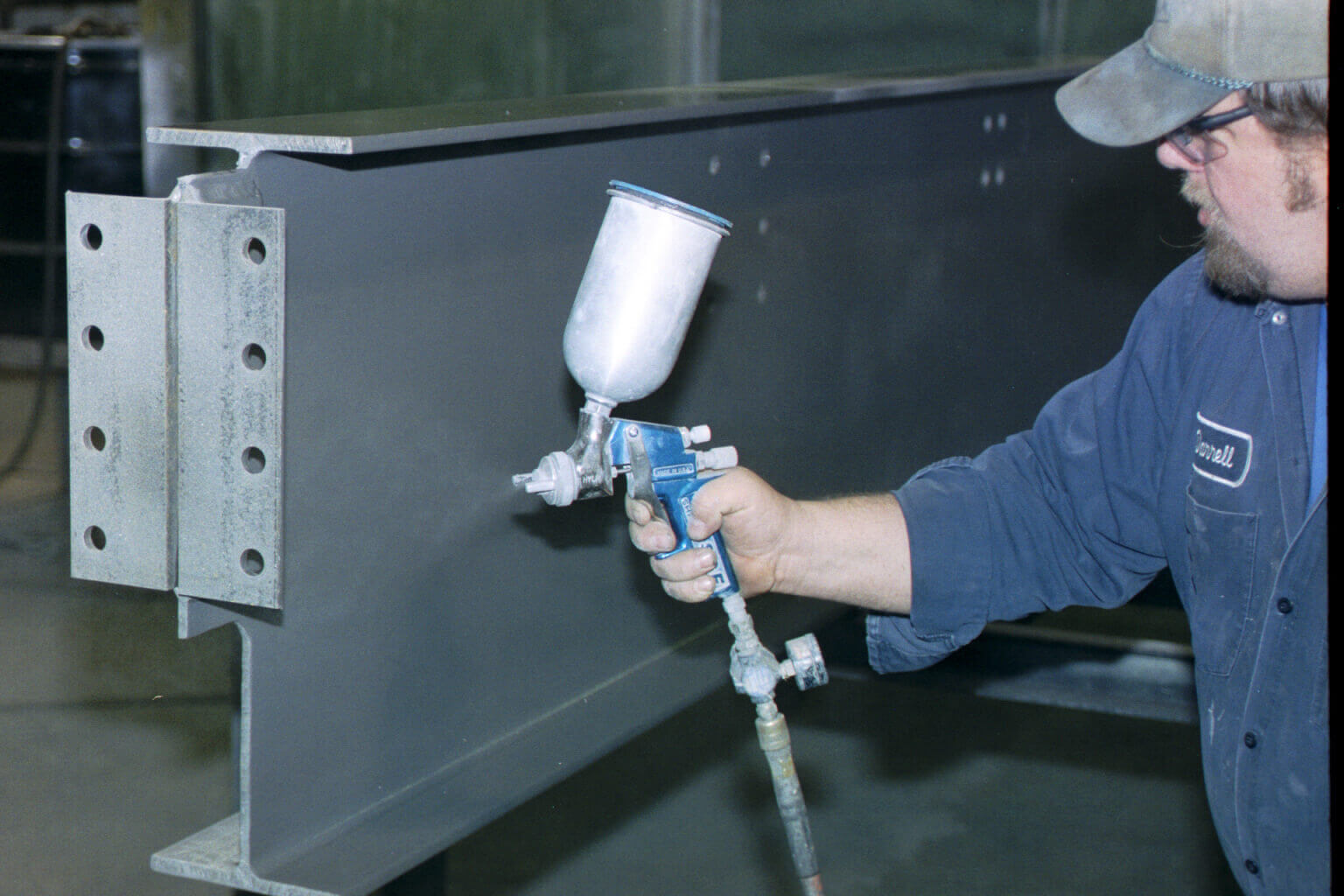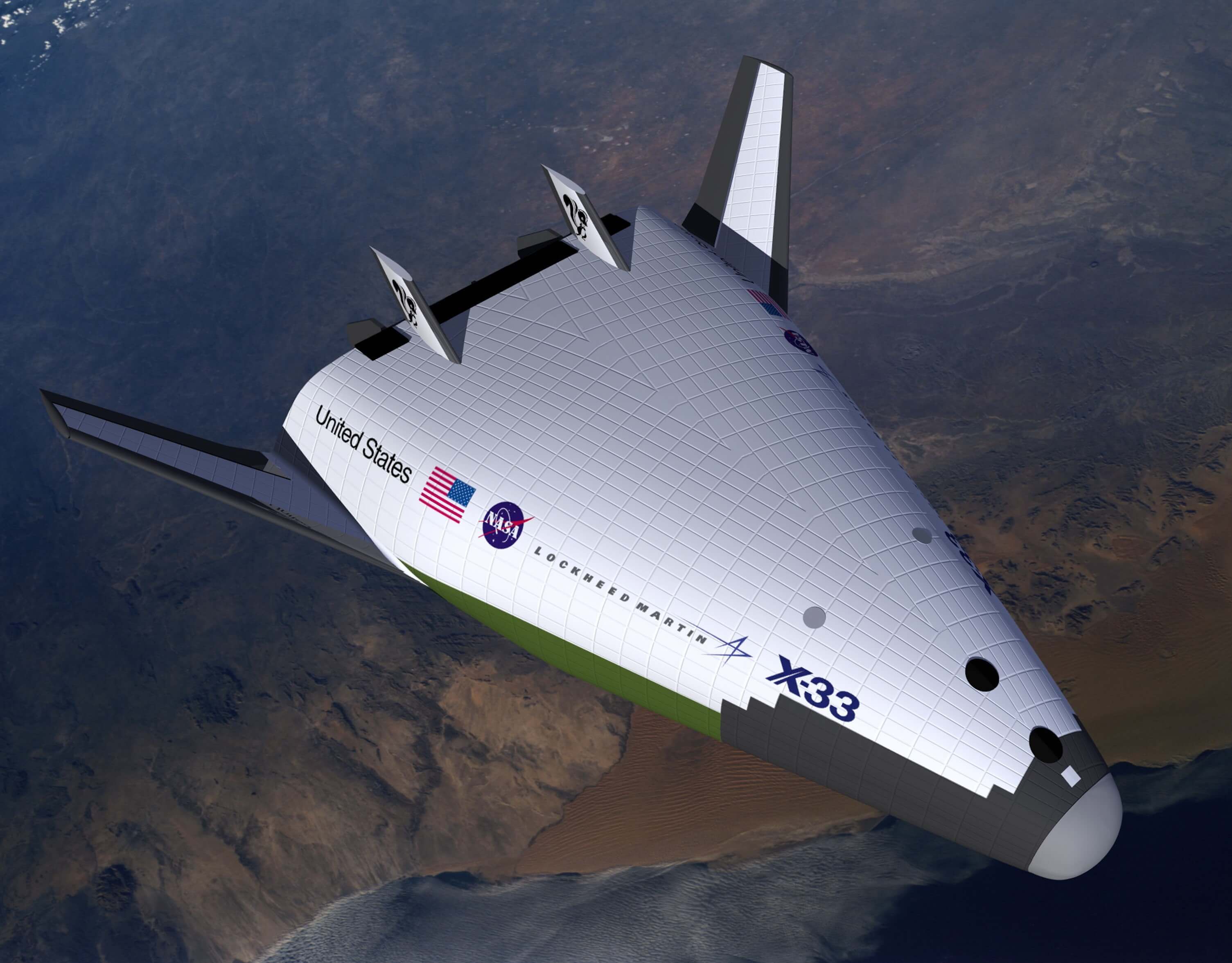



Heat shields protecting NASA’s space vehicles must be able to withstand extremely high temperatures while reentering Earth’s atmosphere. An environmentally safe protective coating developed for these shields has been modified by industry for other applications. Now, various formulations of this lightweight, spray-on heat shield are available for a wide range of surfaces and provide savings and production increases for heat systems such as furnaces, kilns, boilers, ovens, incinerators and generators.
NASA invented its Protective Ceramic Coating Material for thermal protection on the X-33 and X-34 supersonic aircraft, intended to be reusable launch vehicles expected to reach altitudes of 50 miles and travel up to 11 times the speed of sound. The coating's capability comes from its emissivity, which radiates heat away from the surface it covers. NASA made the substance available for commercial licensing.
Learn more about how NASA helped develop technology that impacts flame retardant materials within your city's public safety environment!